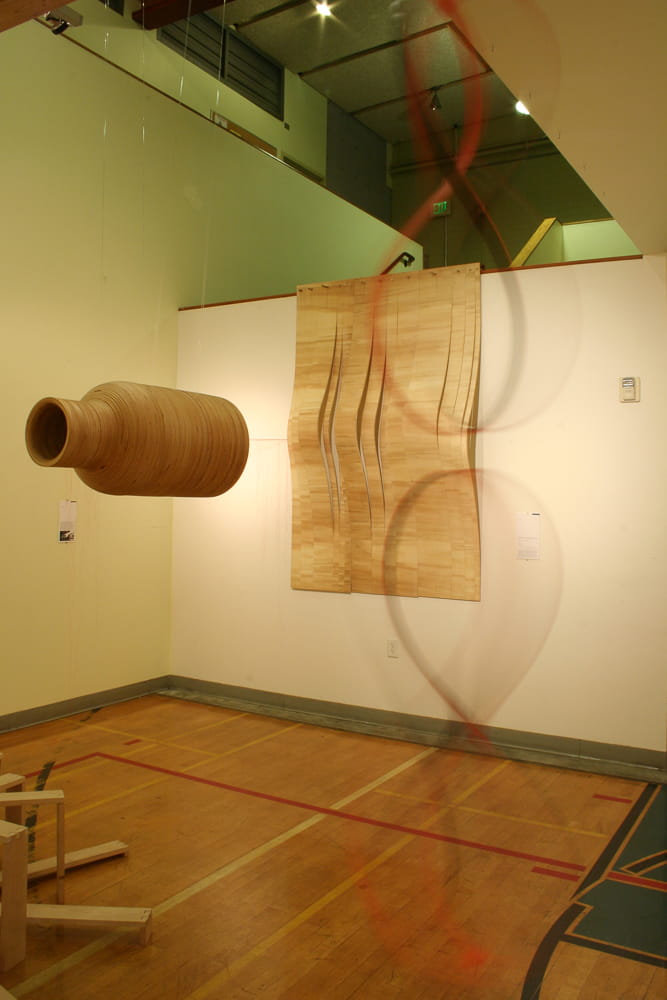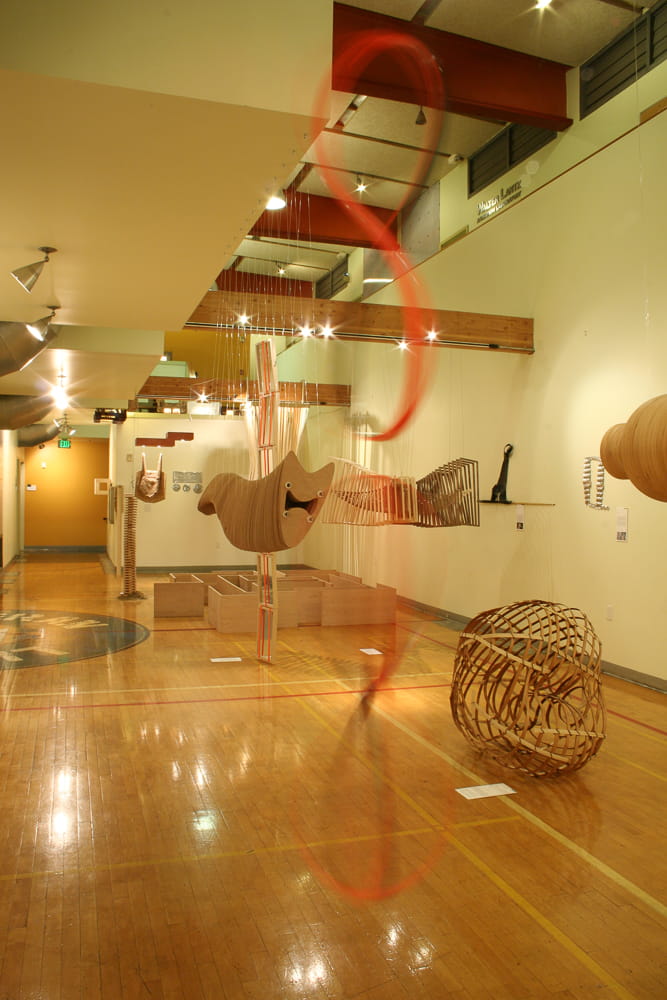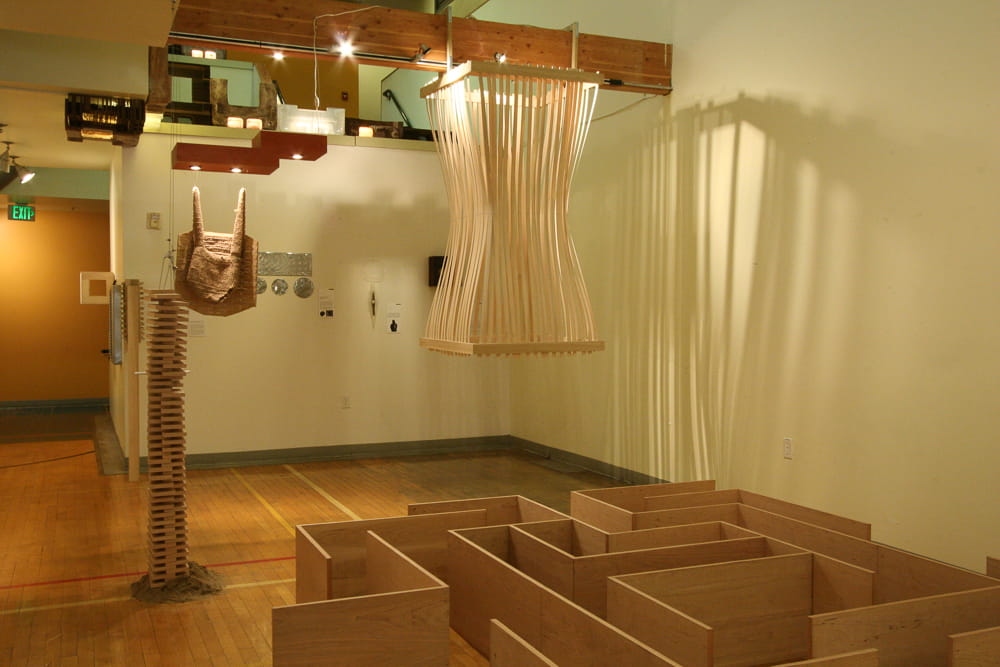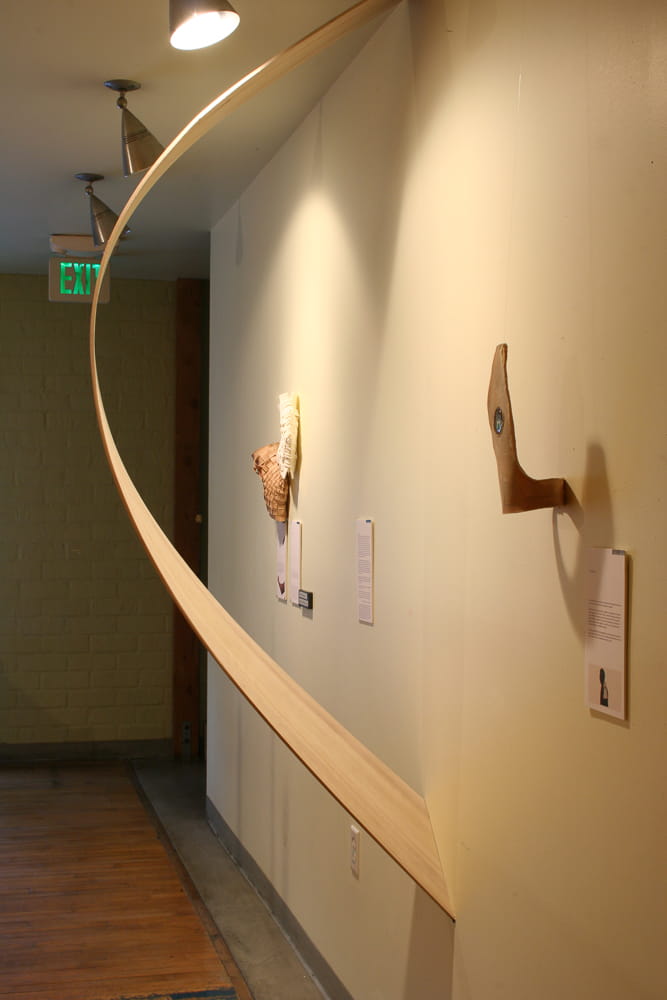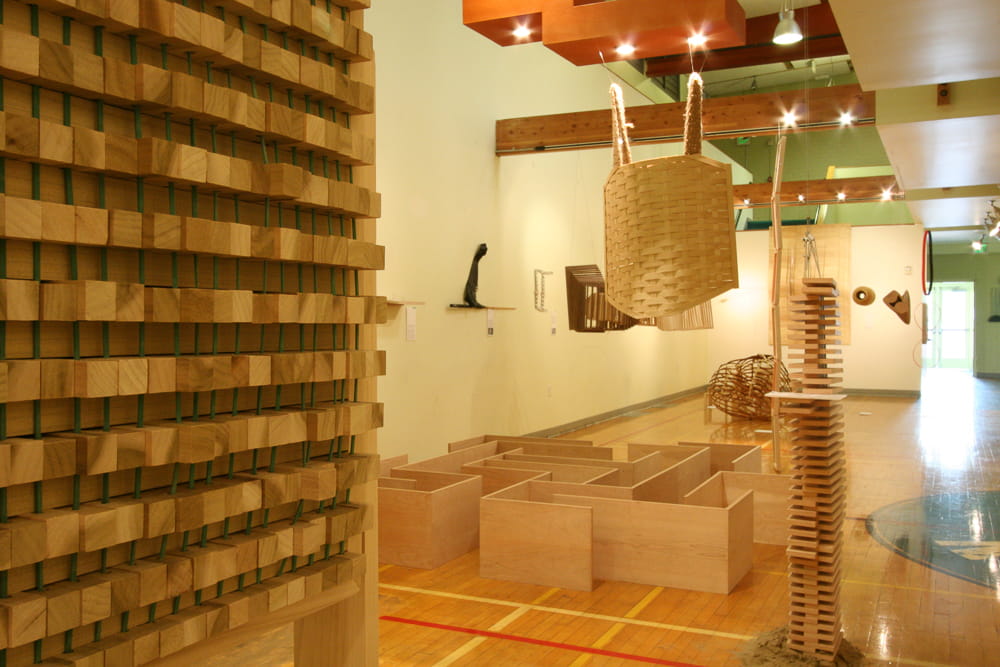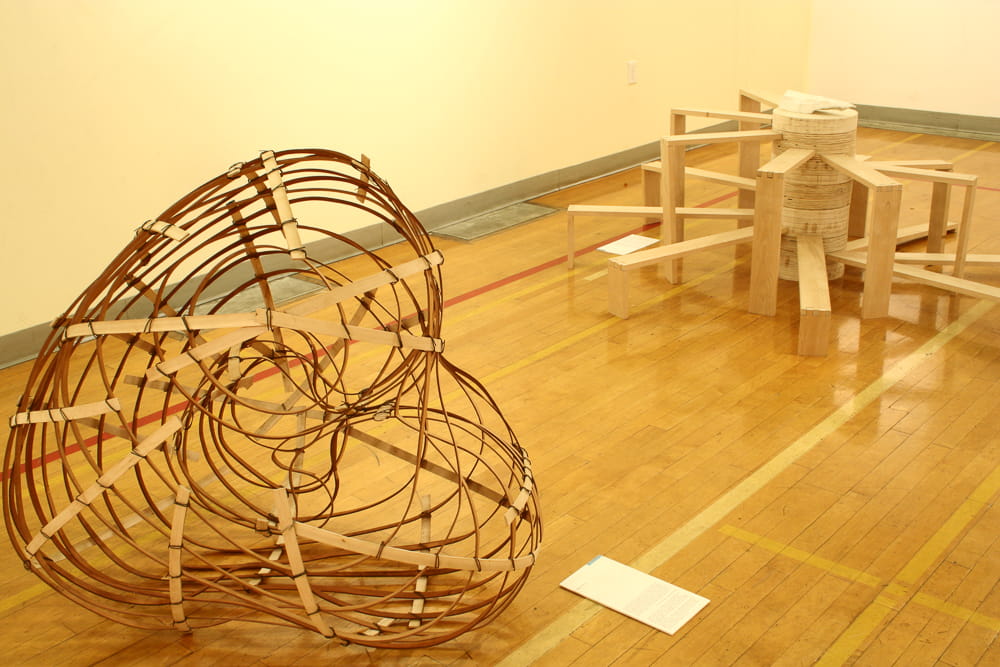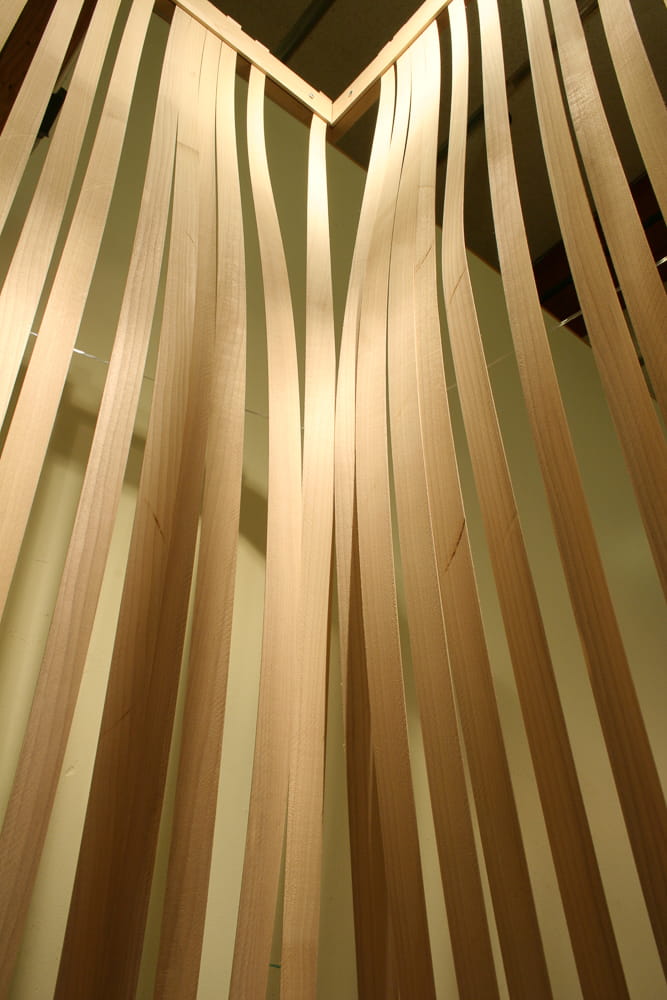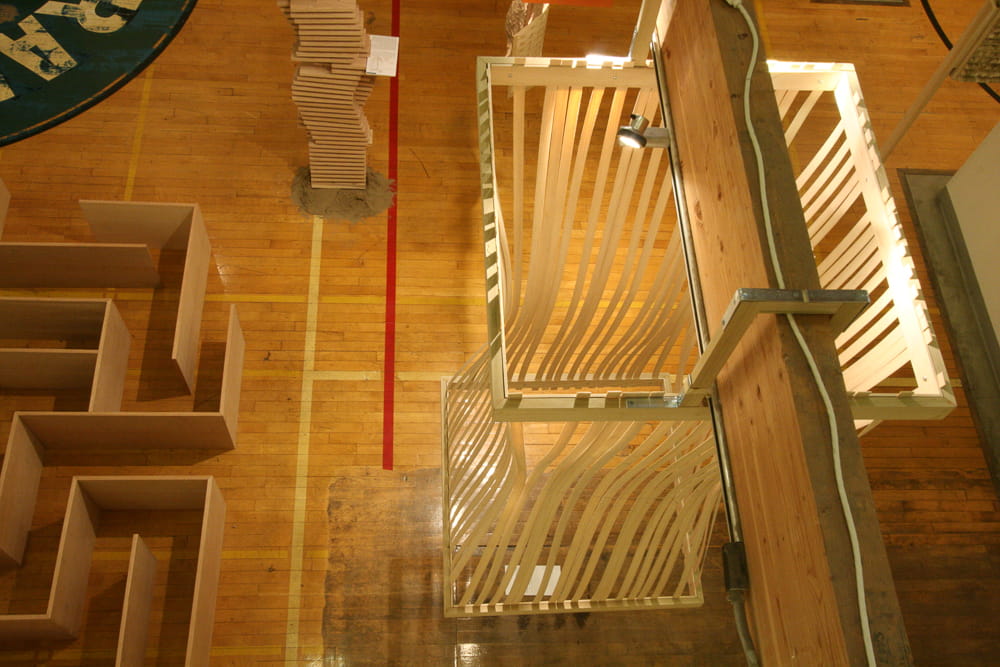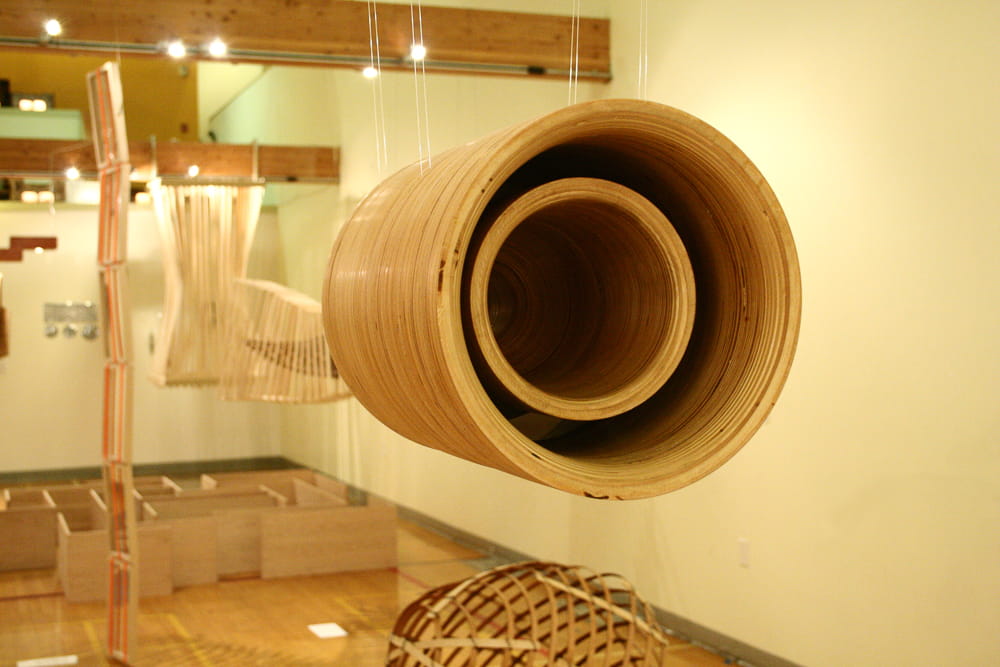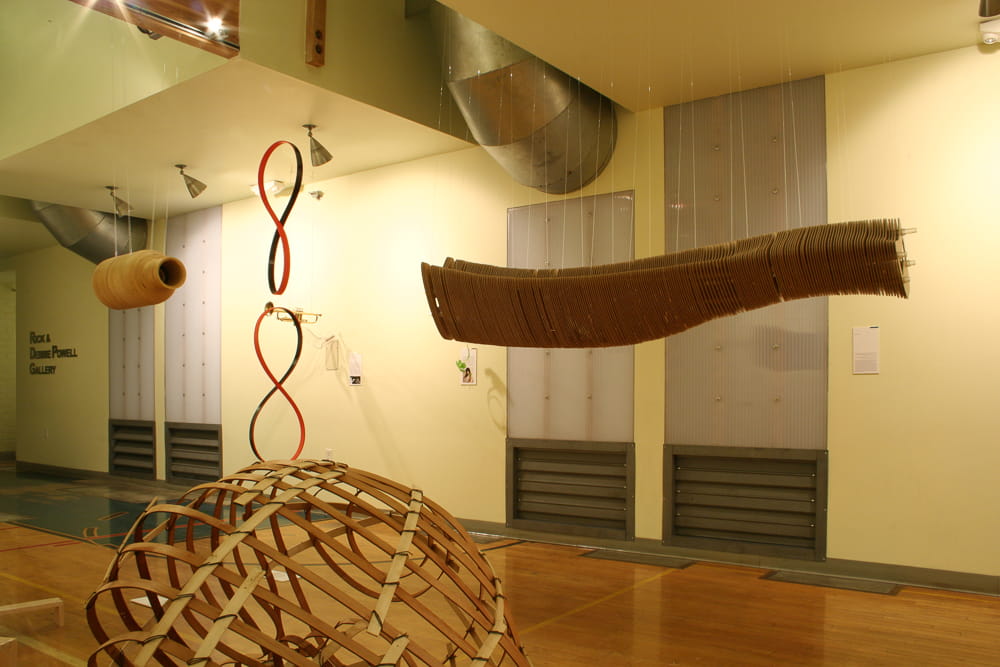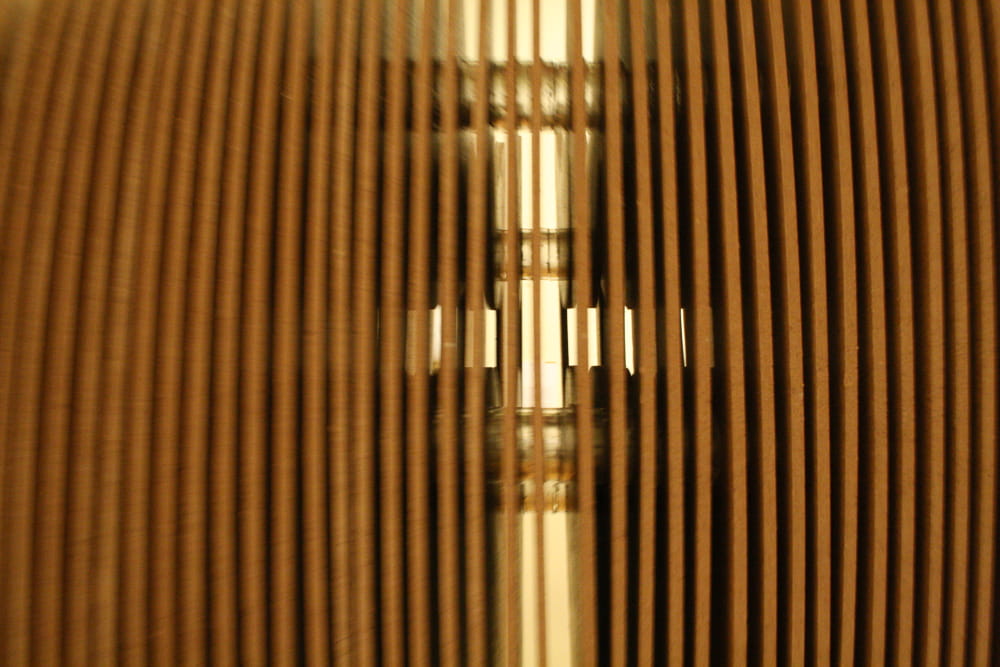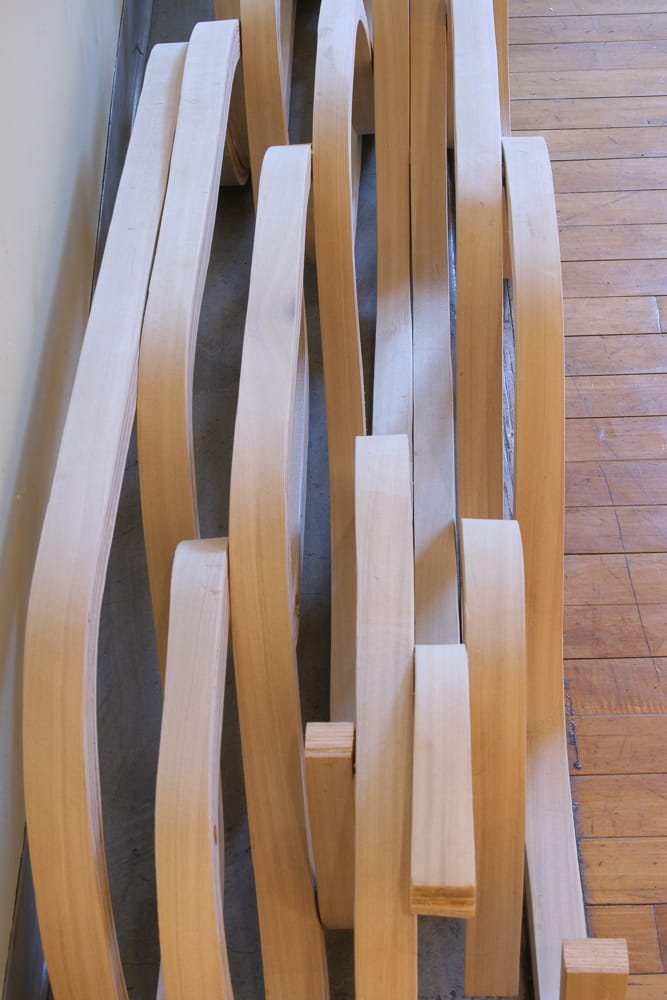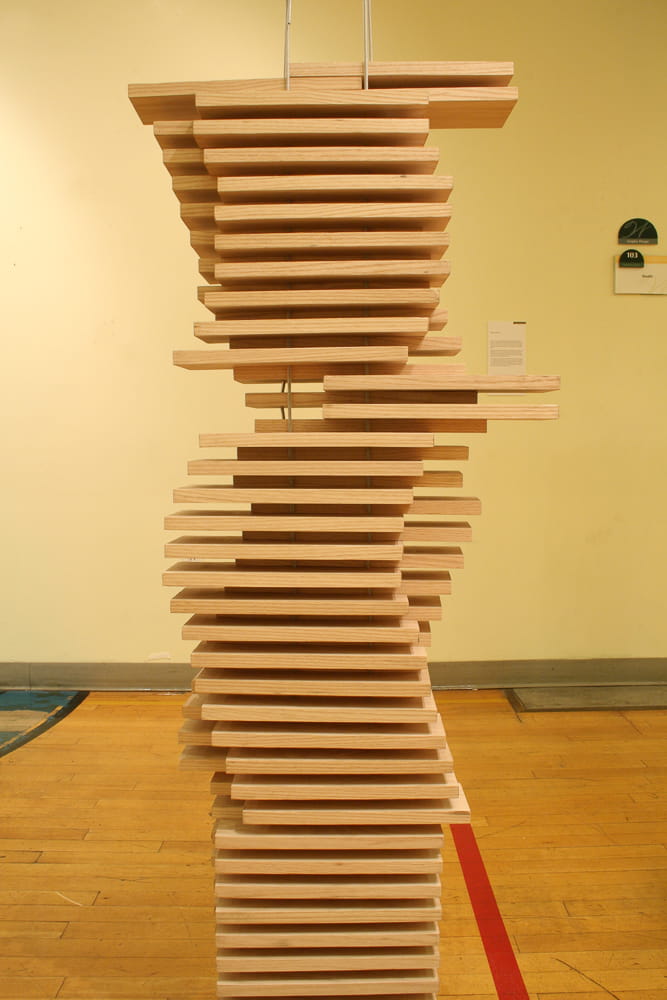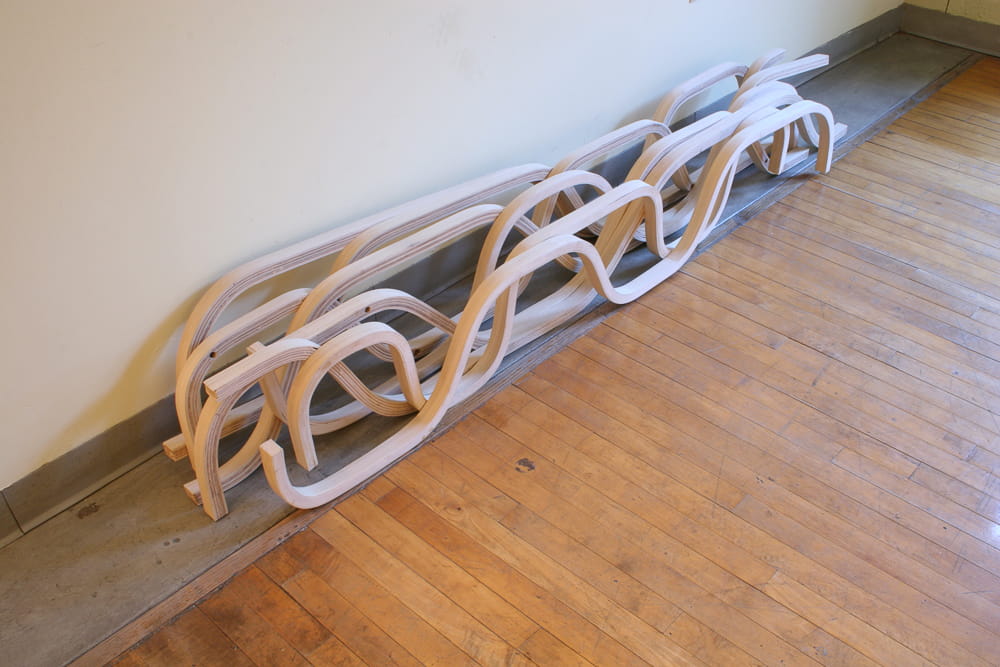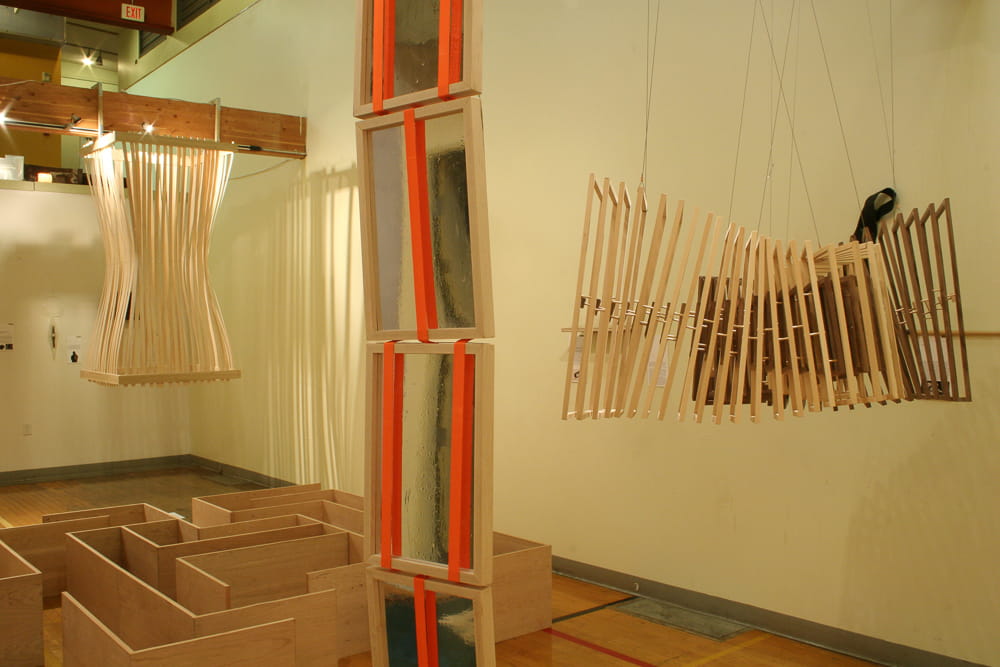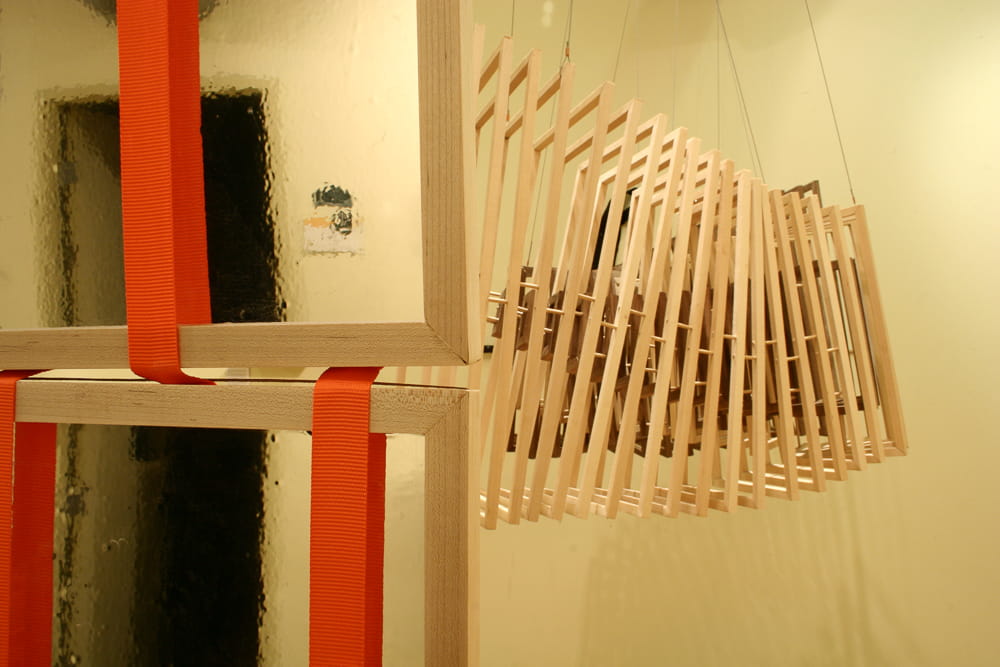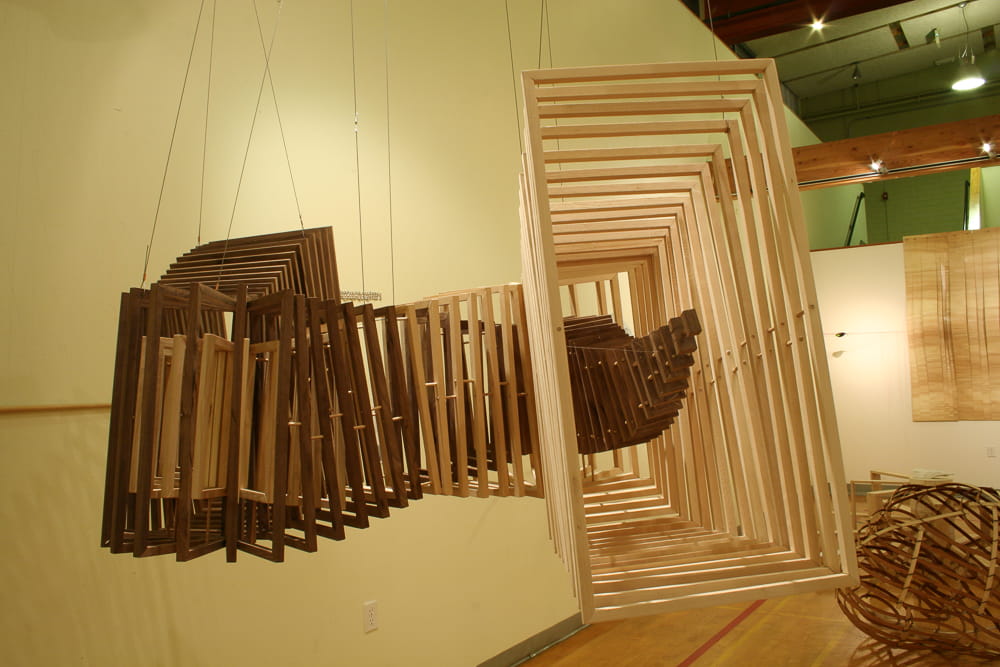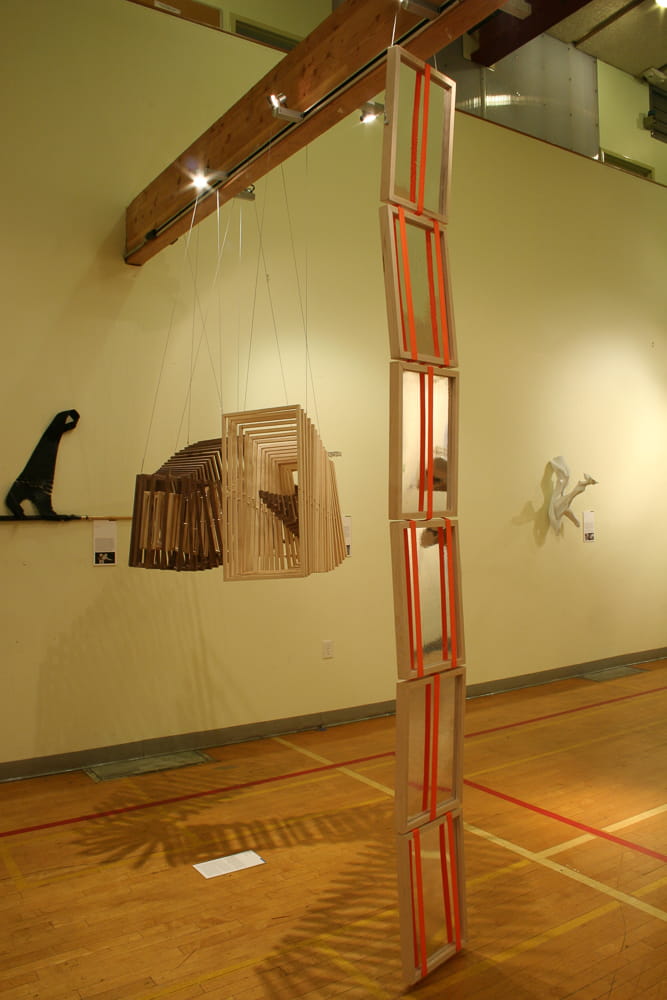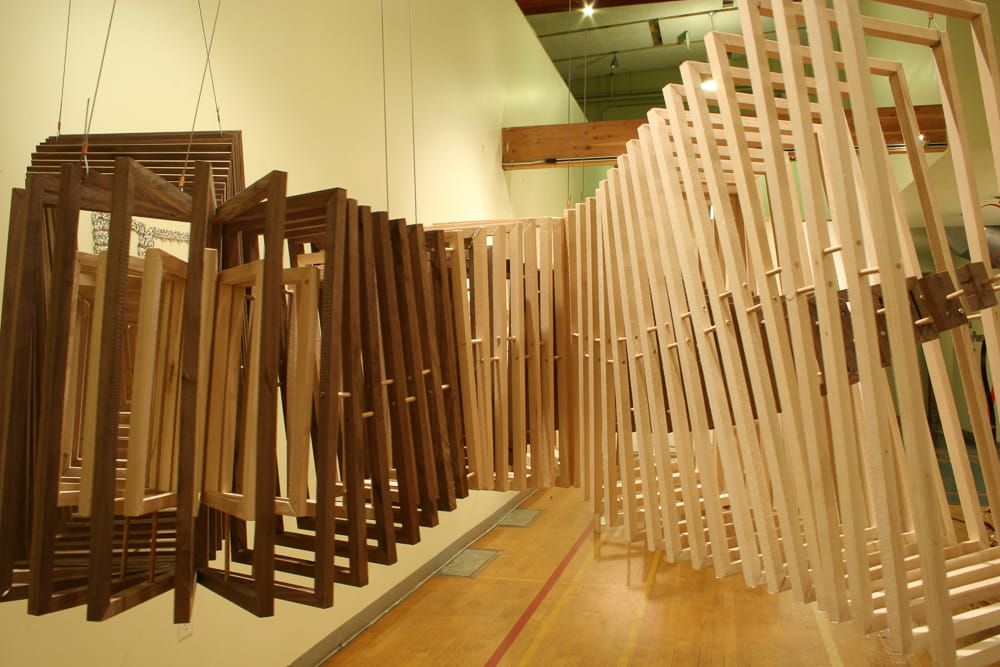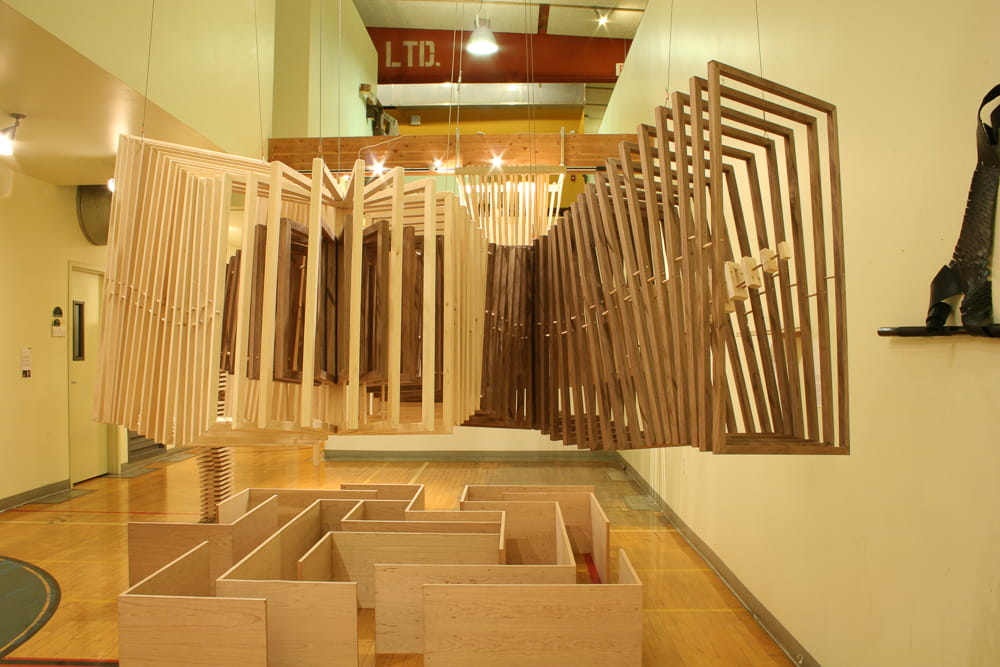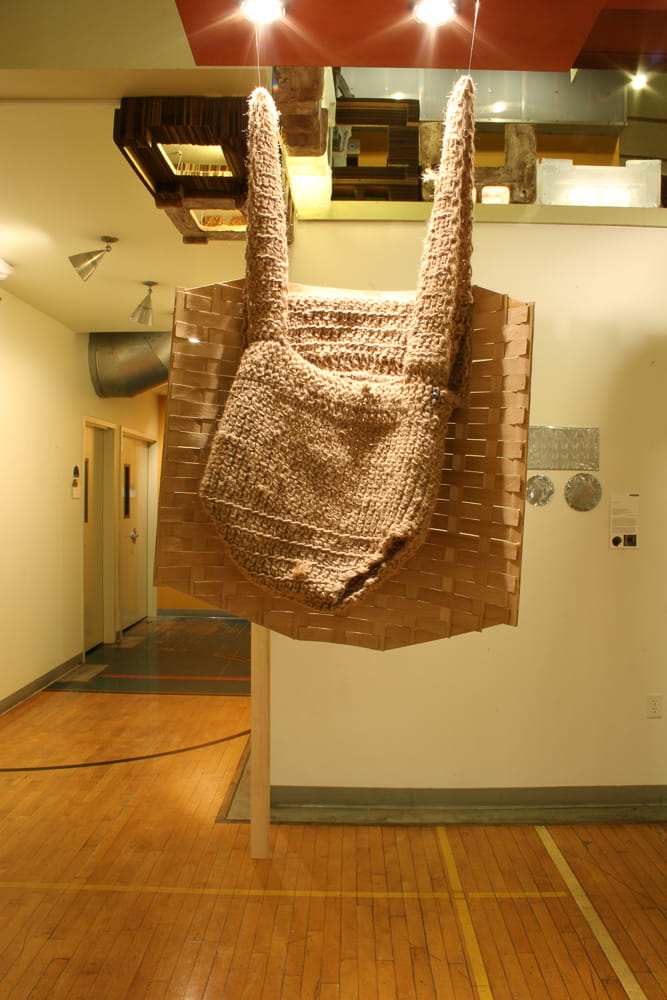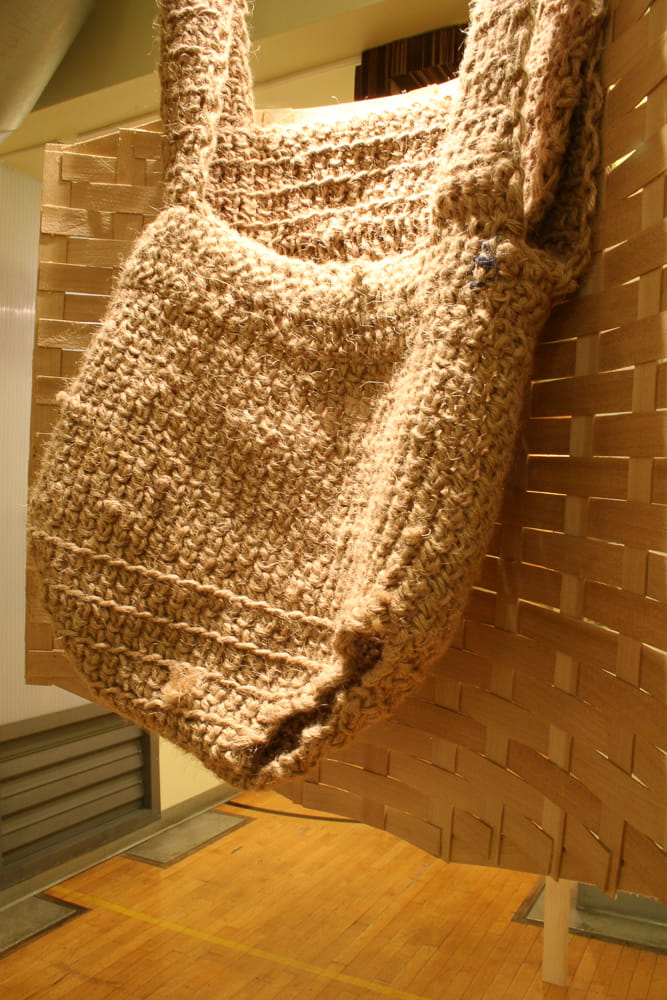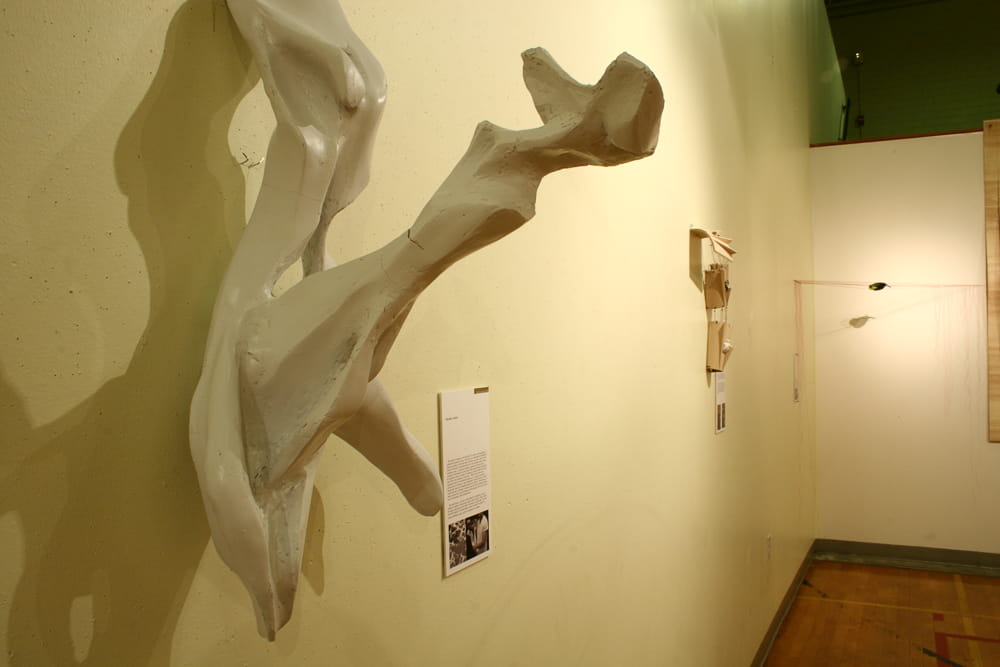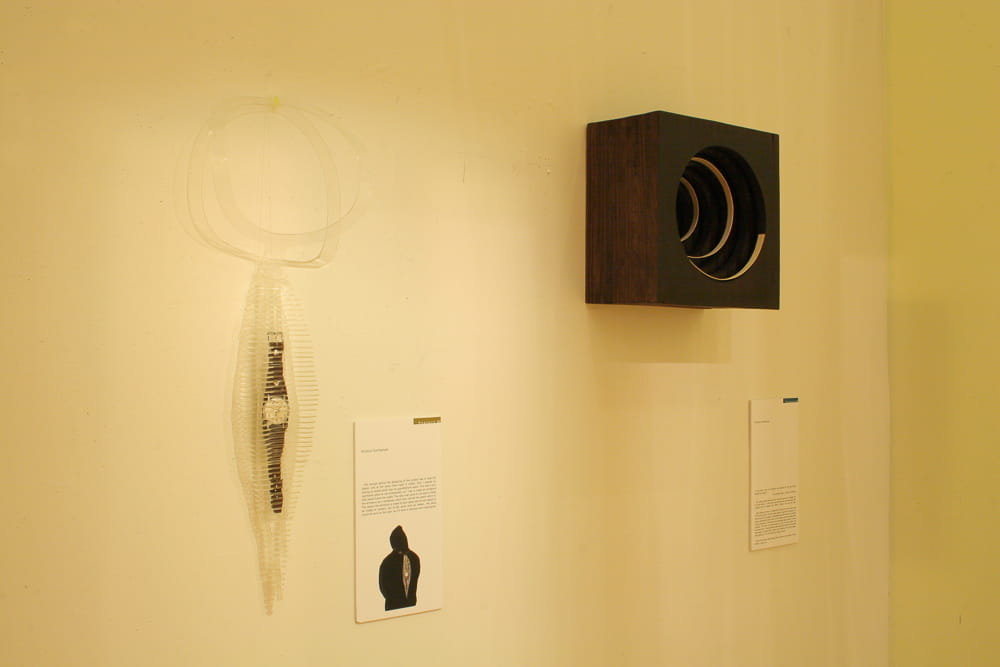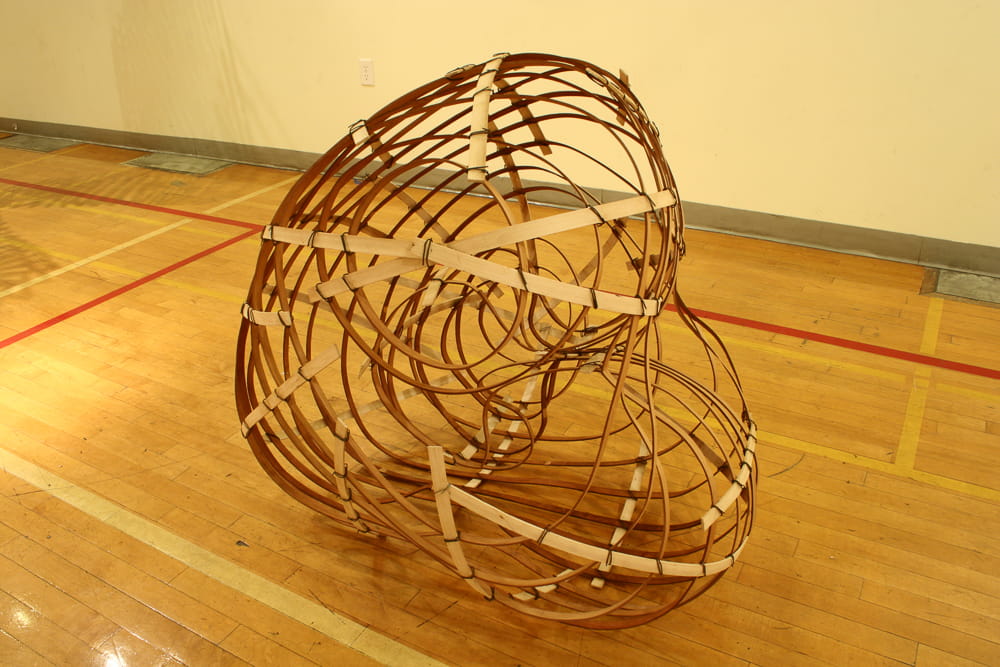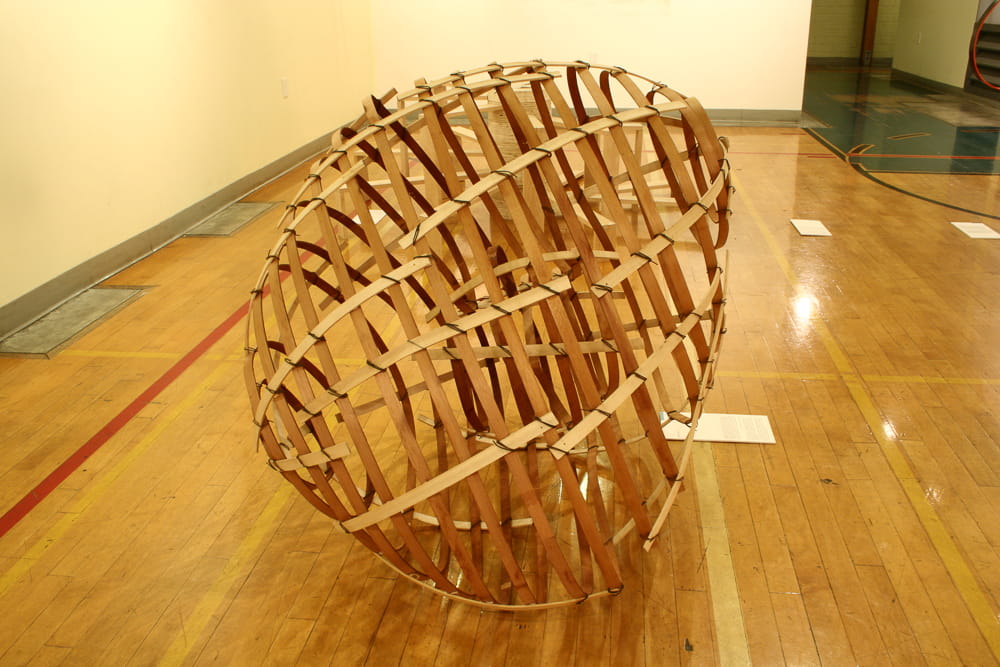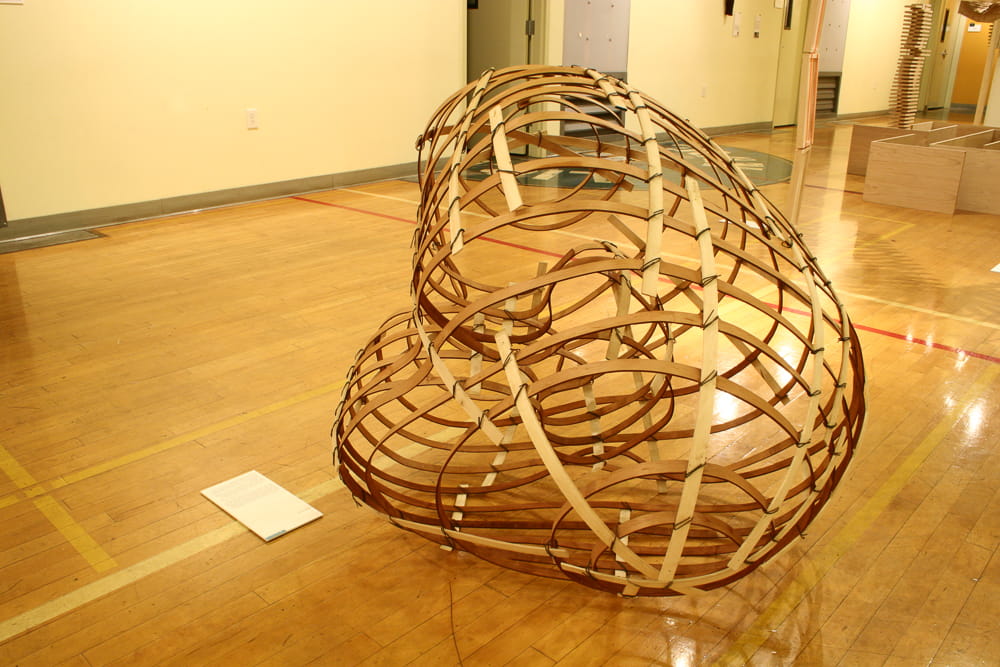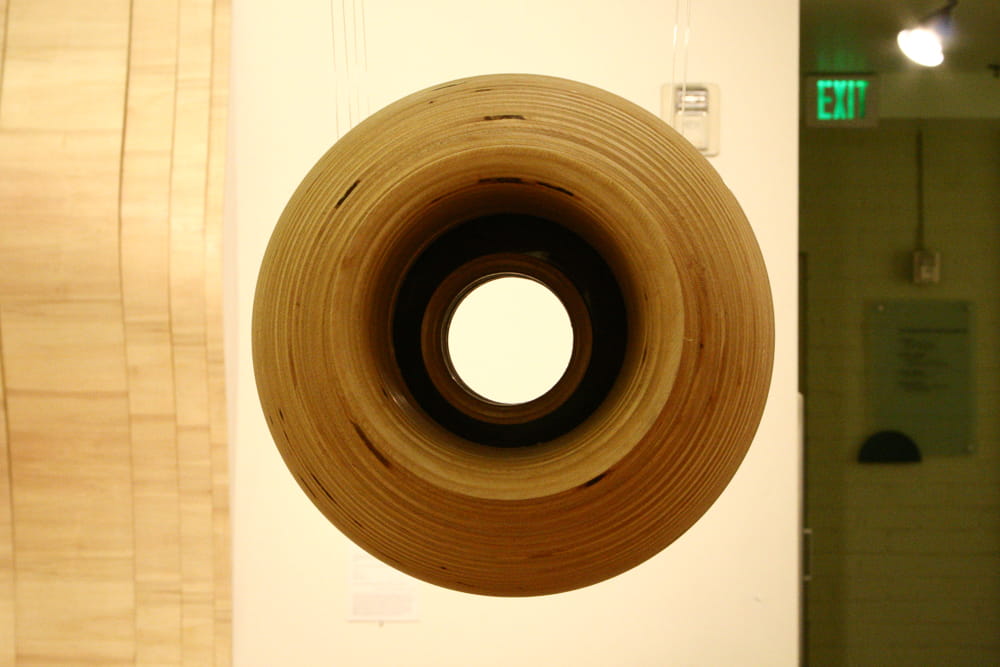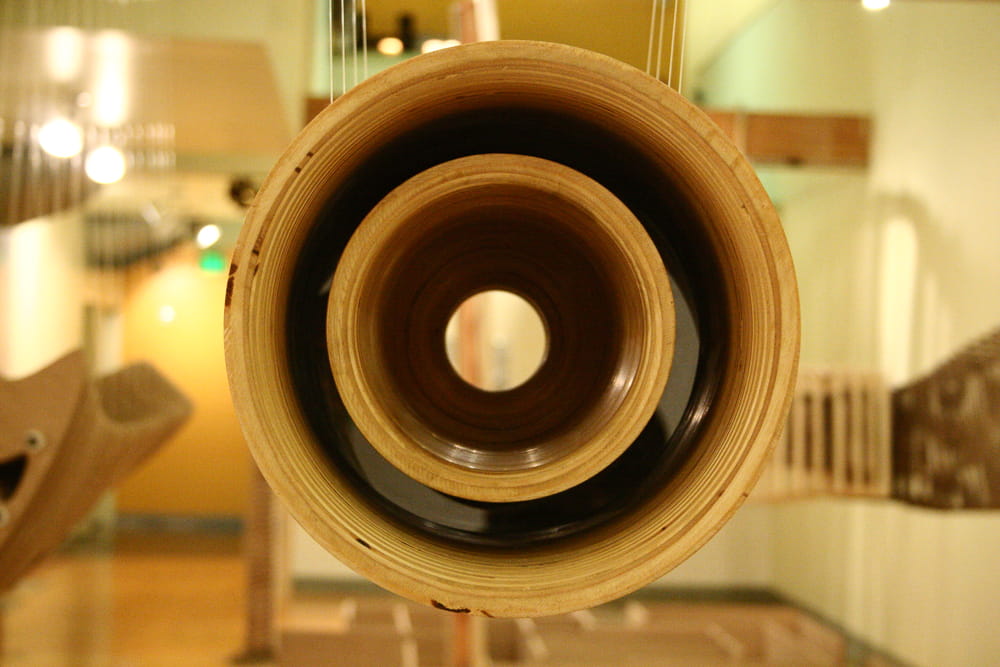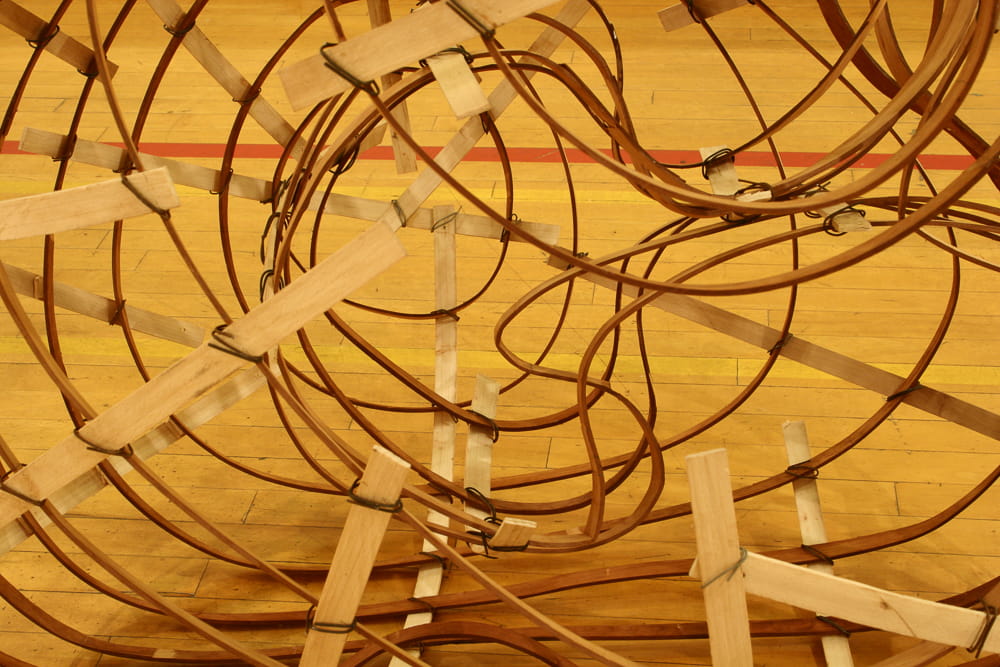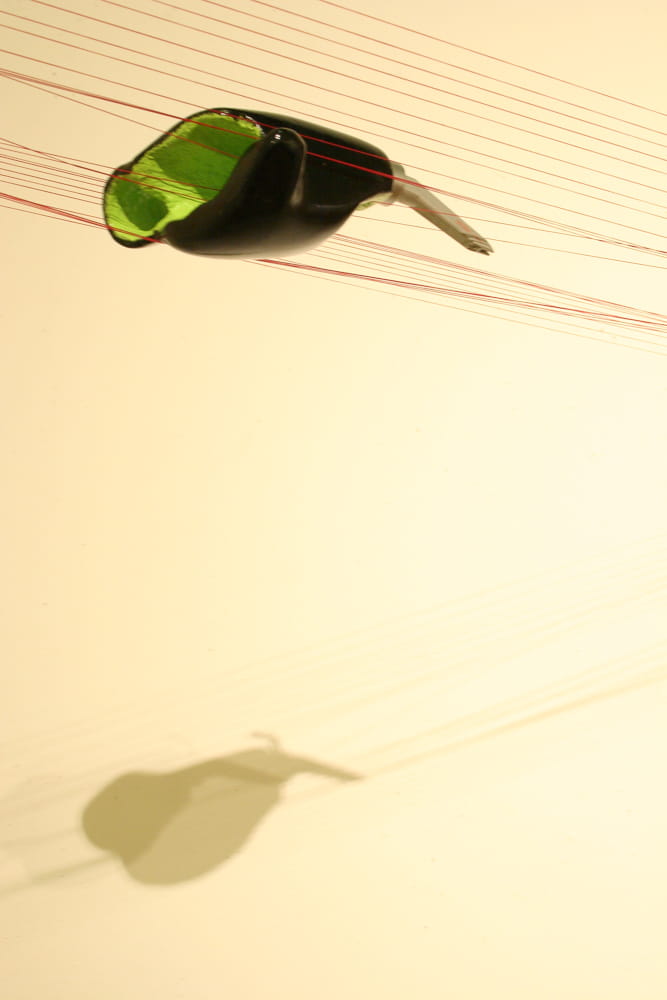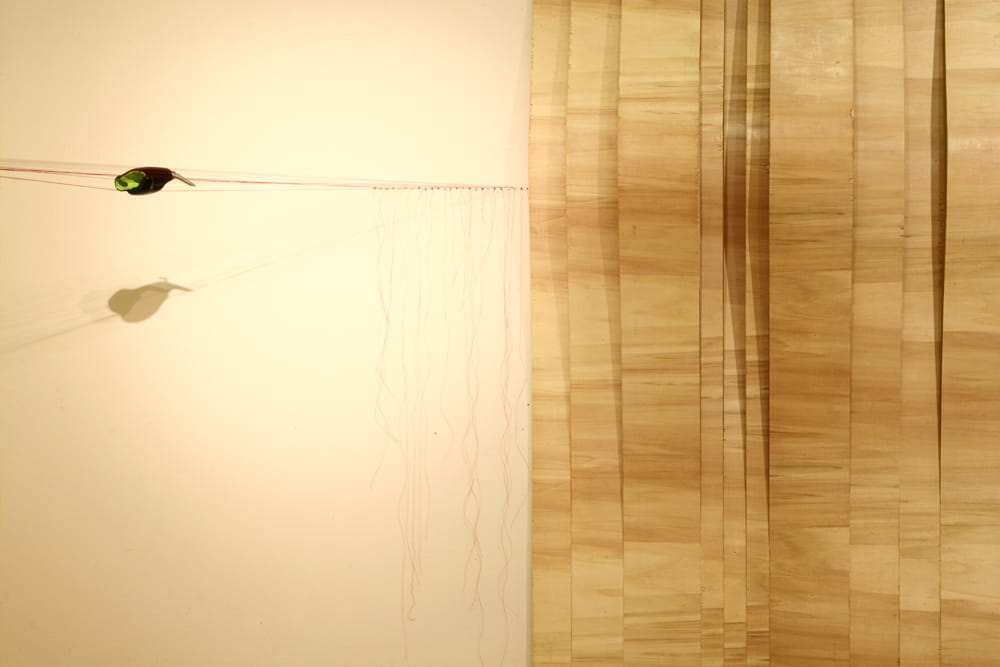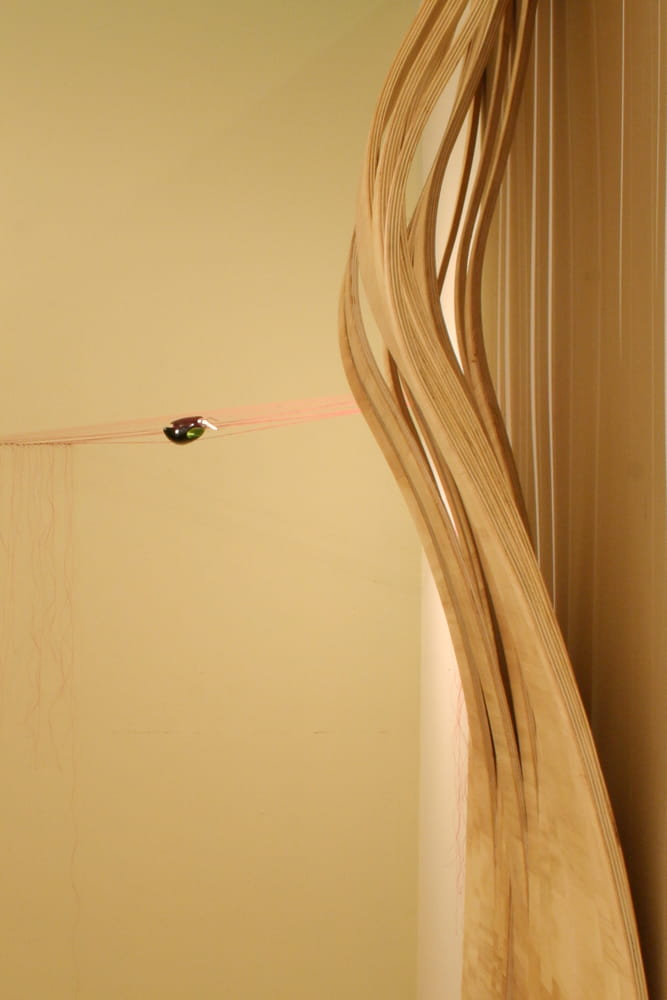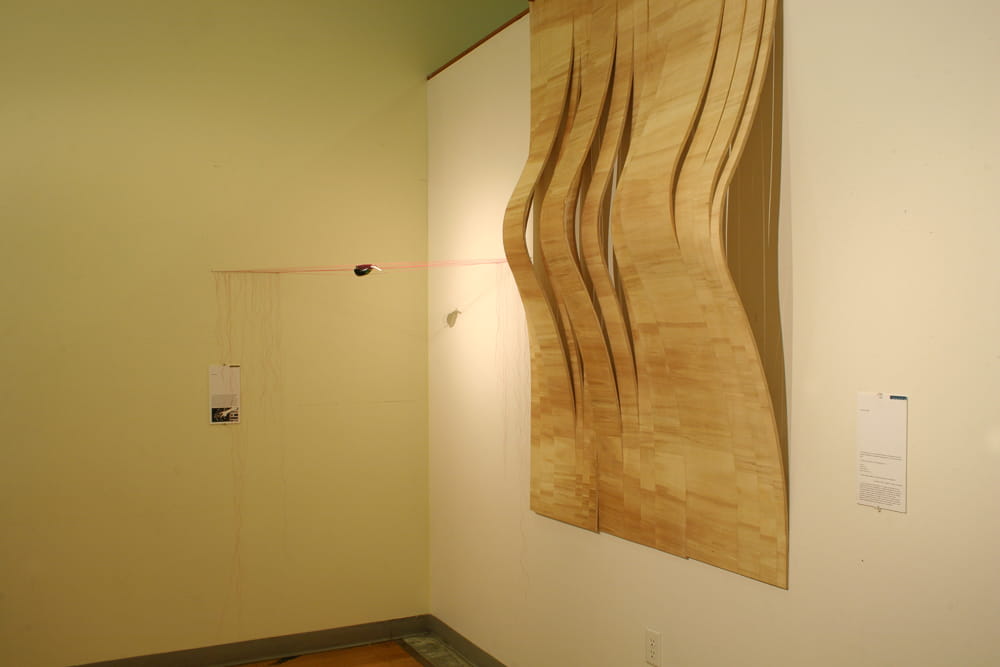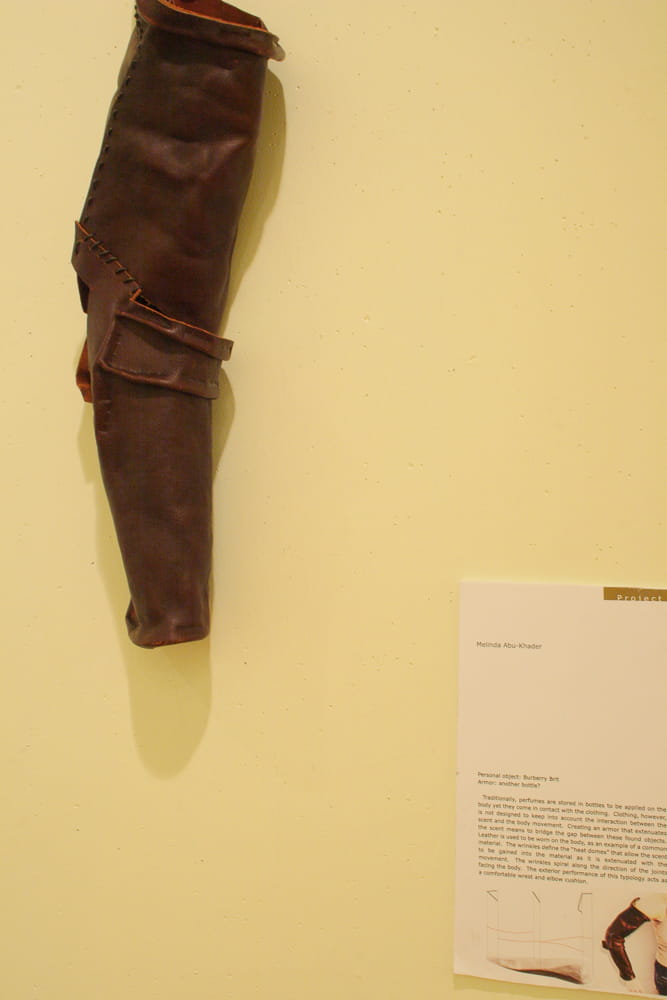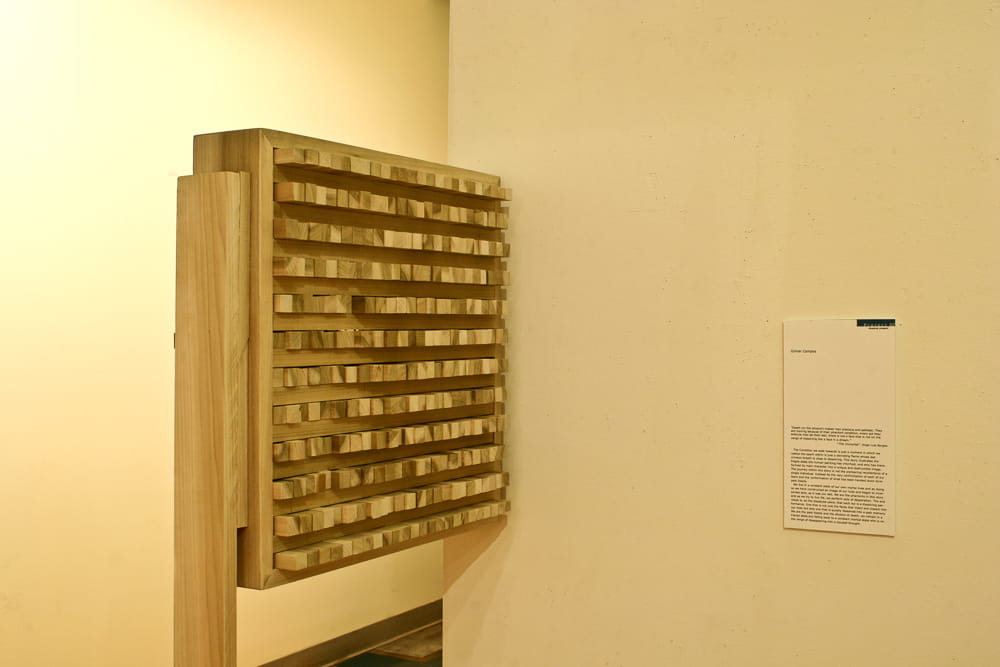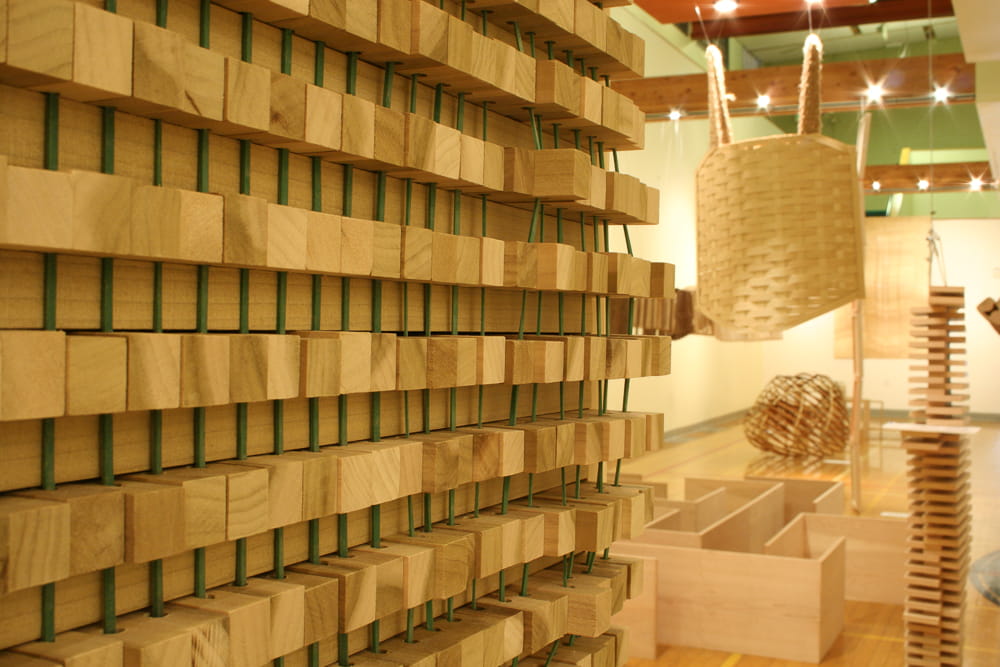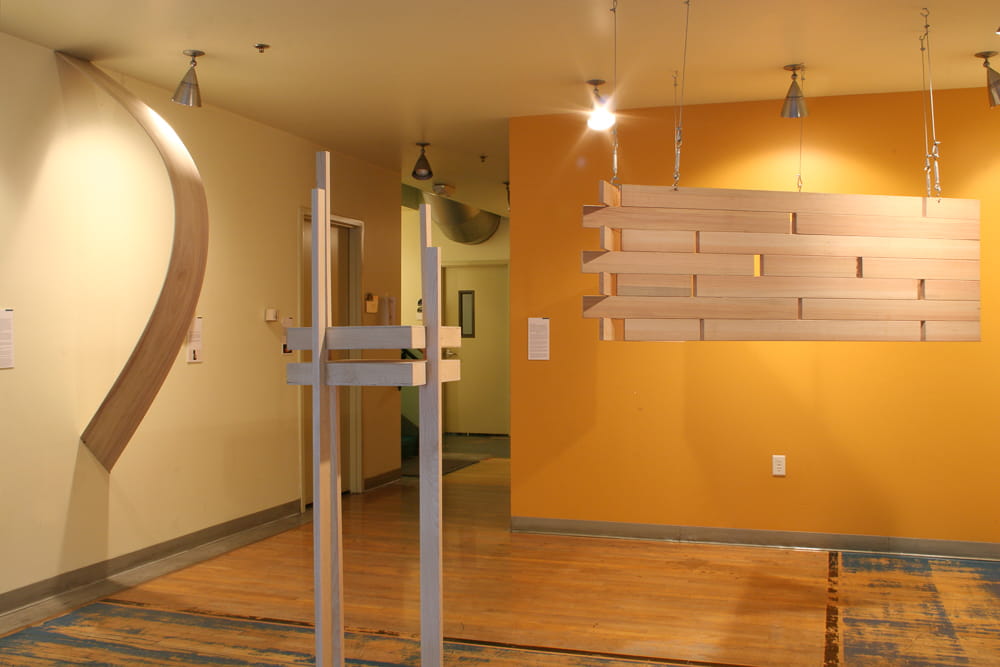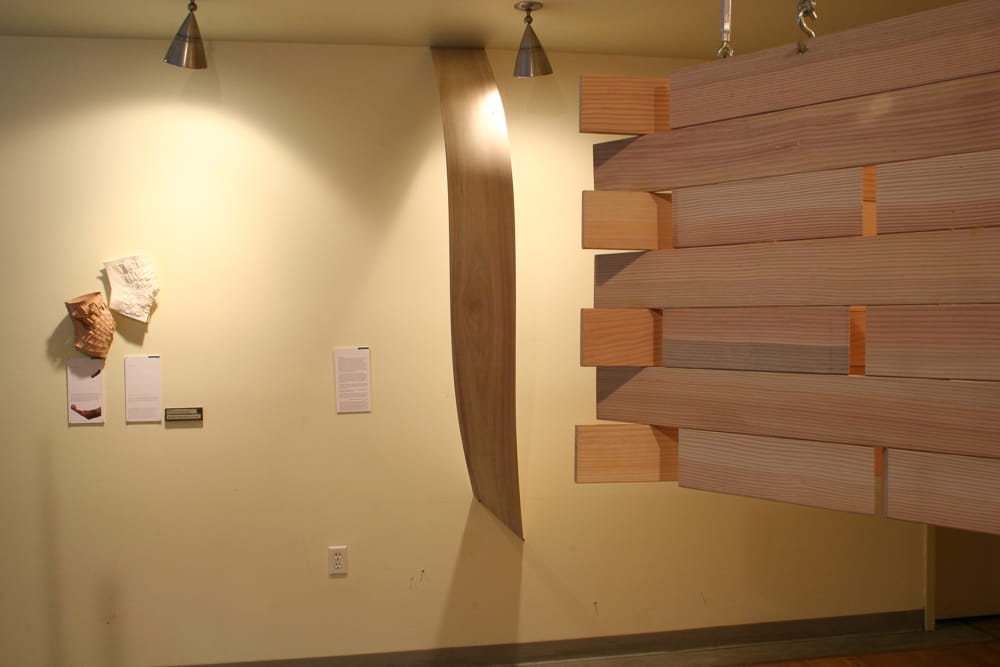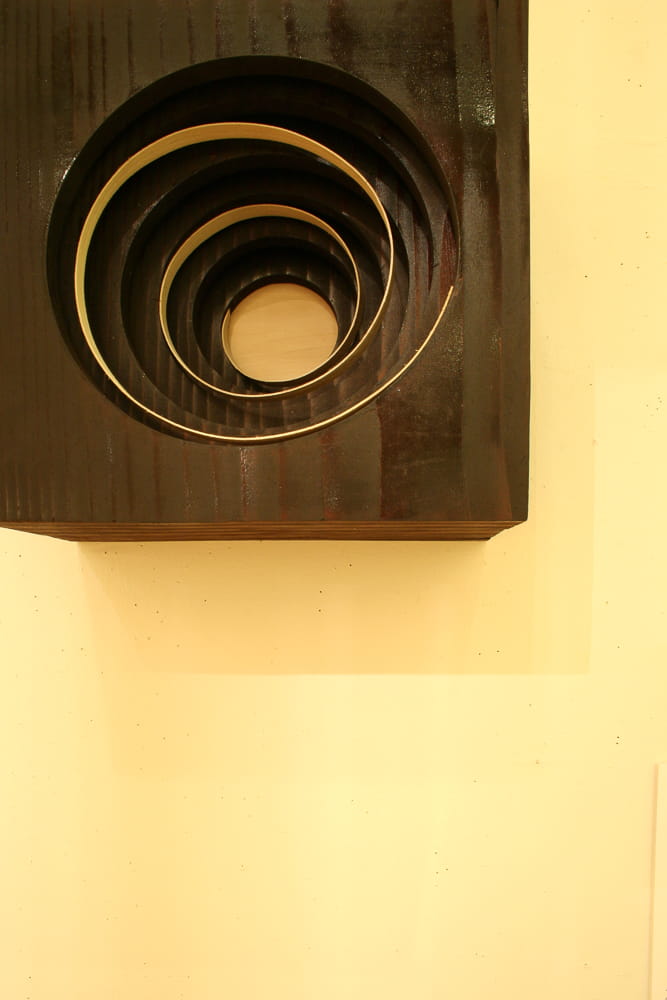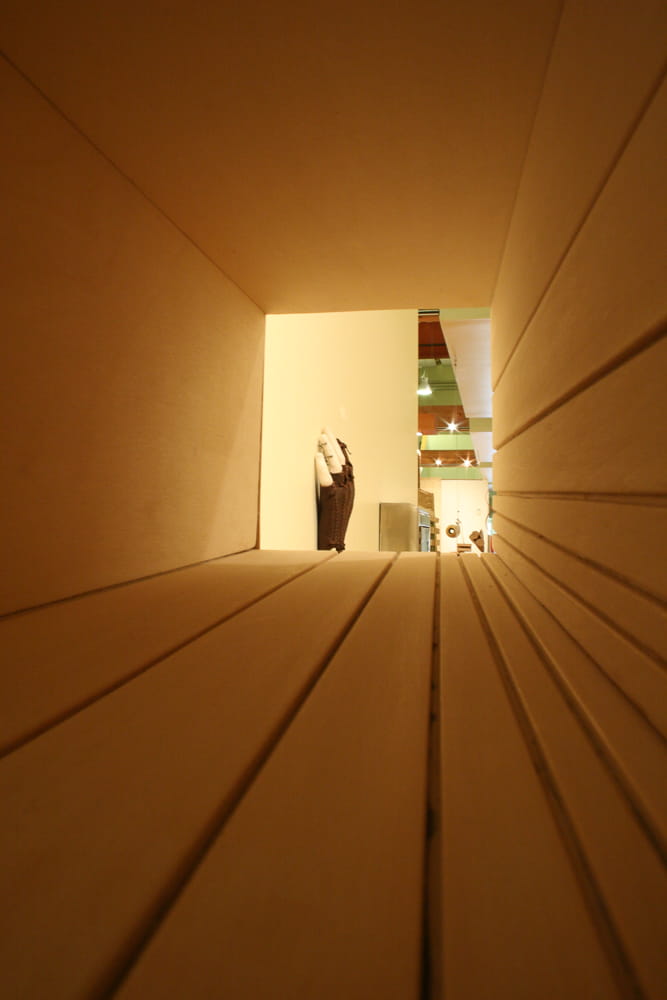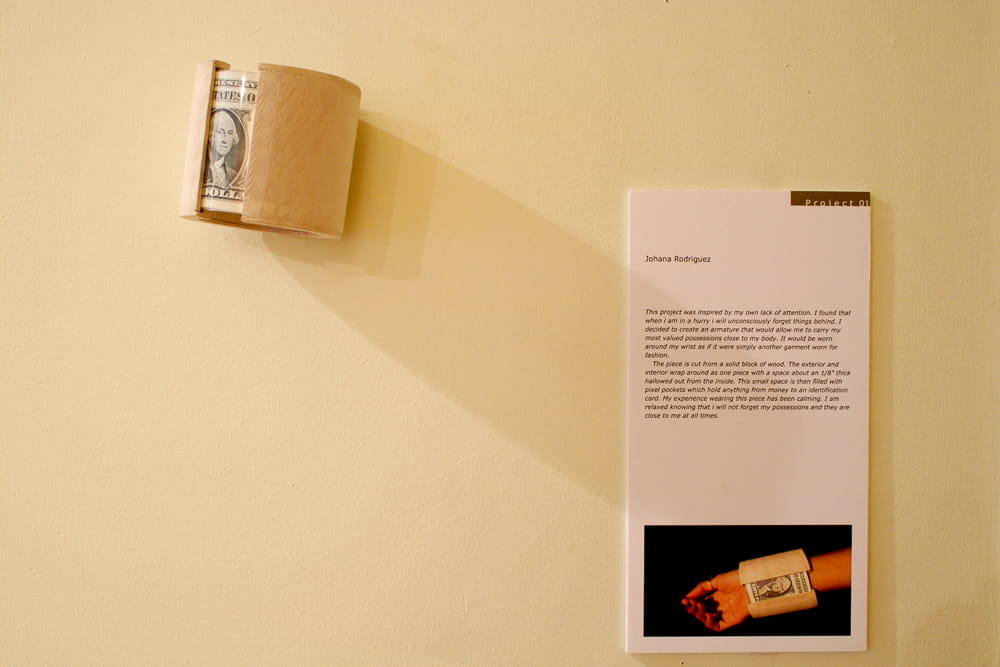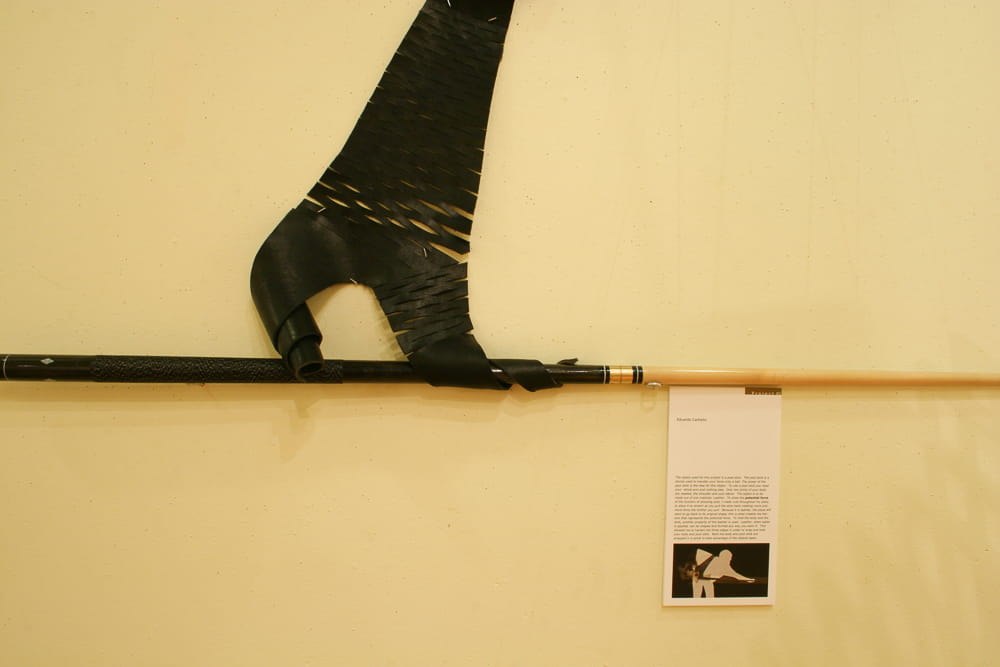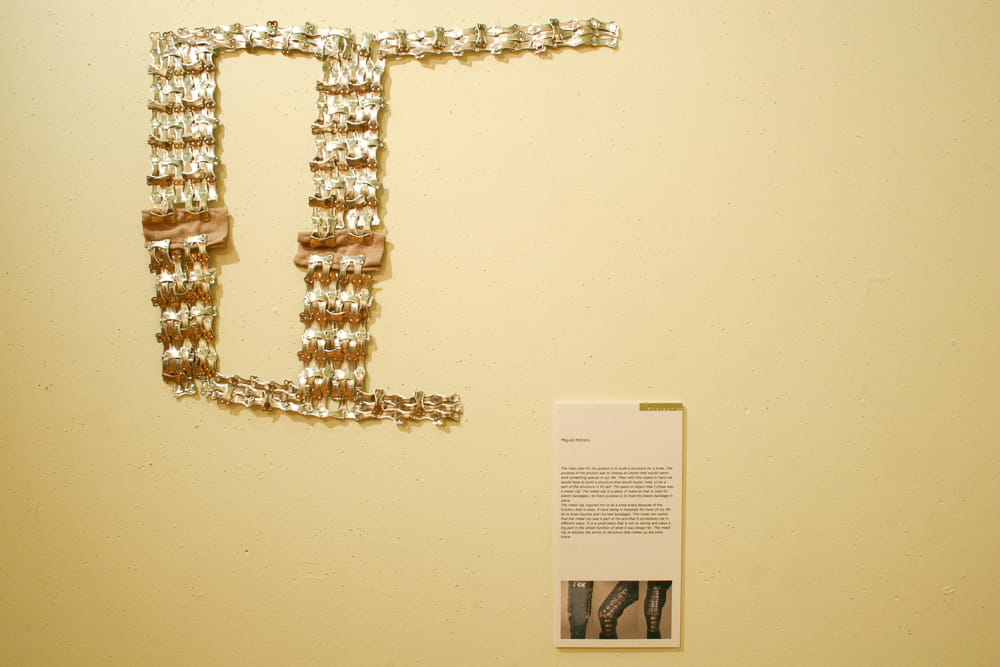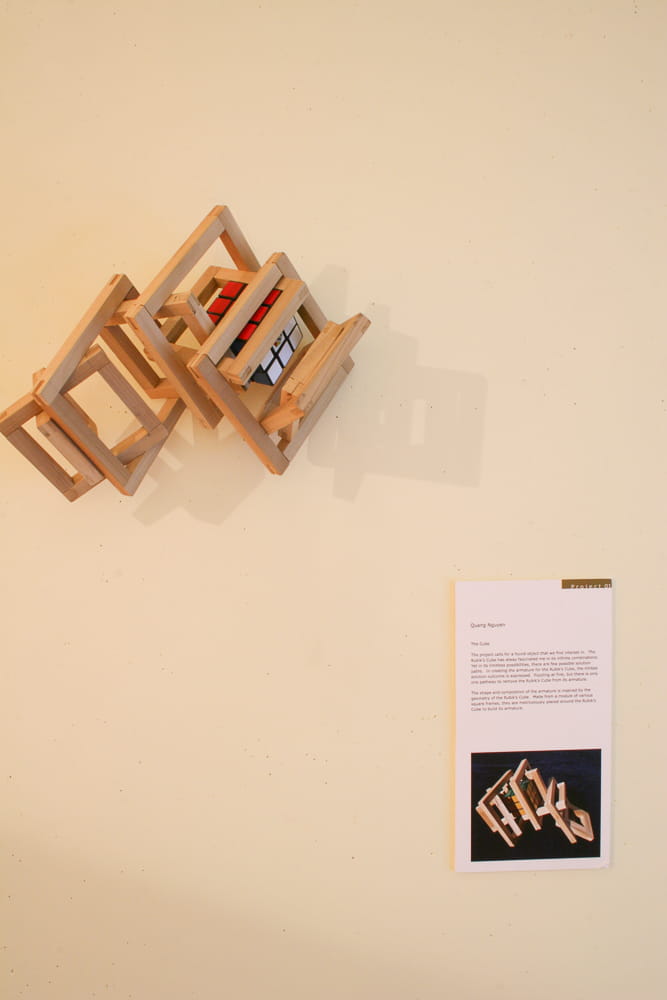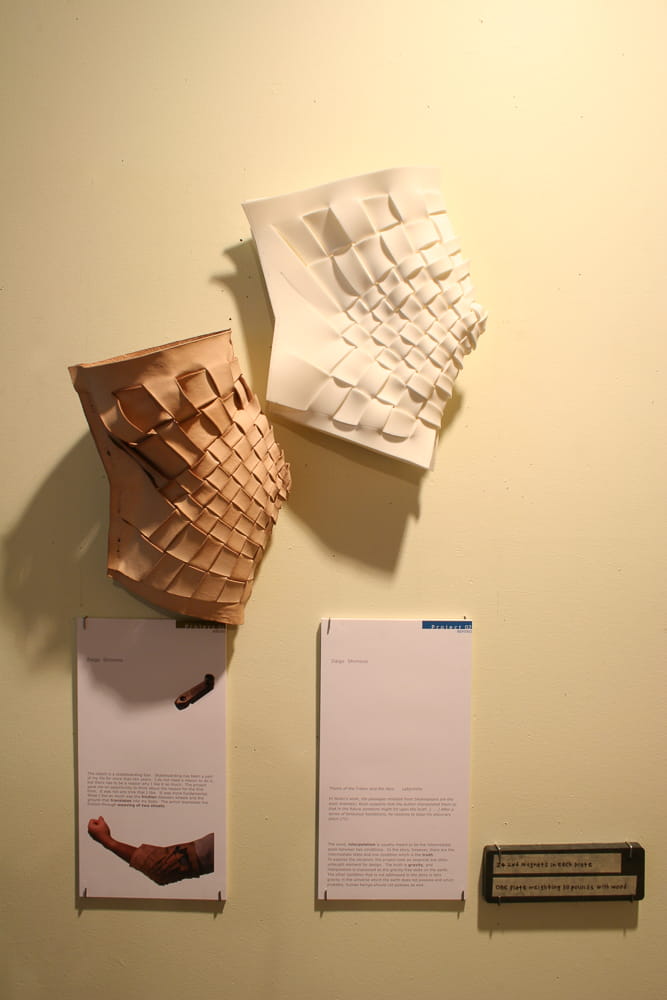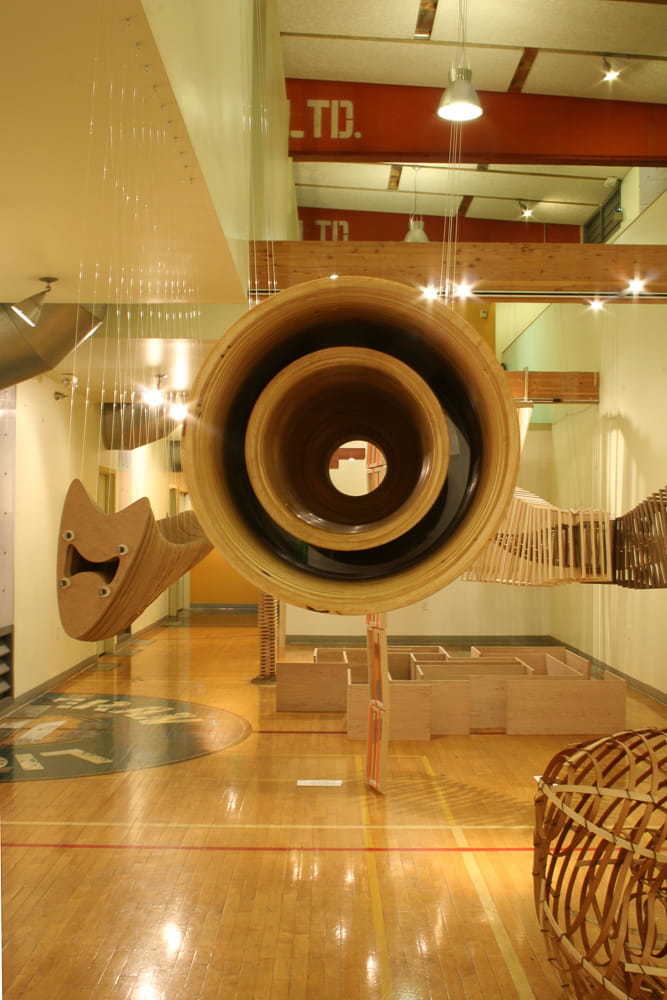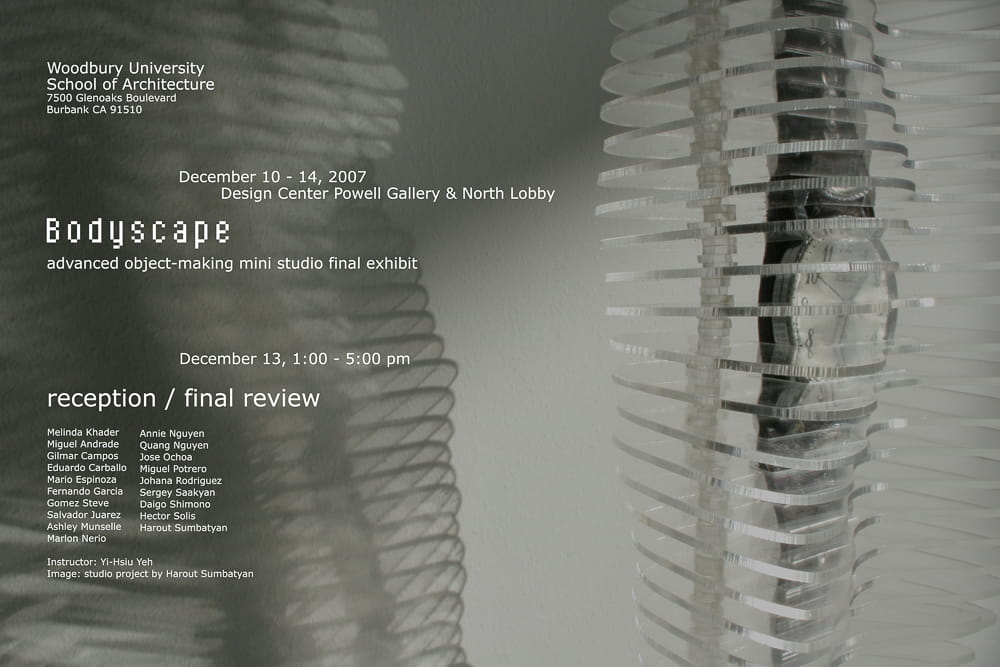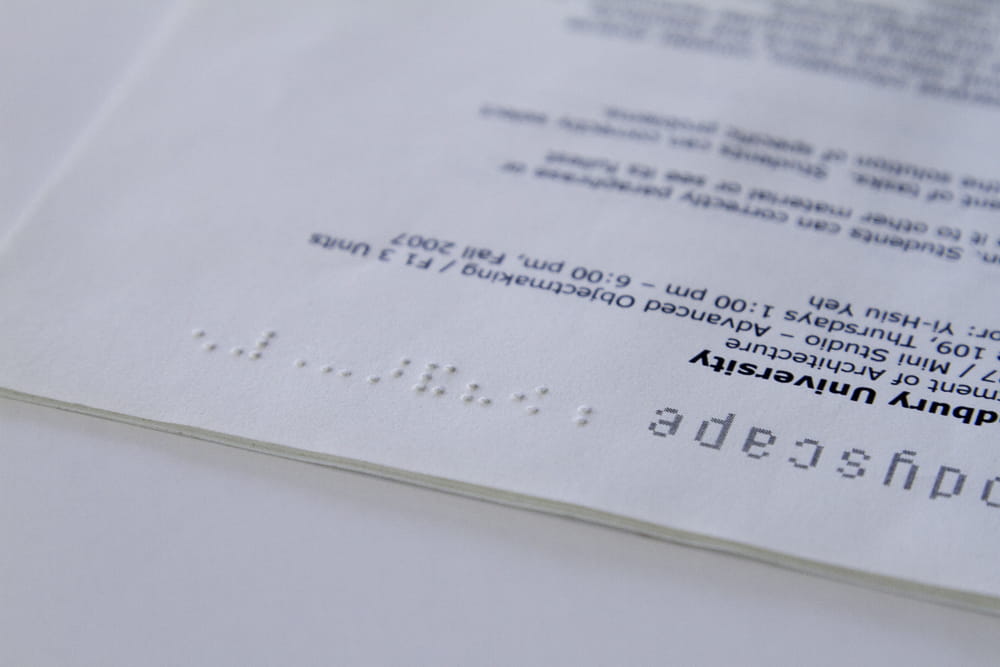Advanced Object Making 2007
Bodyscape was the invented course title for this Advanced Object-Making Studio taught at Woodbury University School of Architecture in Fall 2007. The studio kick-started with a braille version of the course title embossed on every copy of the syllabus to intrigue and excite students while leading to the first required reading, The Word I Live In by Helen Keller. As the studio’s foundation, students were asked to exercise “making” as a dialectic process between themselves and the work, observing through senses of touch, sight, smell, hearing, memory, and resistance from tools in operation.
As the majority of the 19 students were preparing their undergrad thesis, the 3-unit studio was rewritten to provide the students, in their fifth-year accredited education, a semester-long opportunity to exercise their ability to translate abstract ideas into constructs without the weight of building programs or functional objects as end goals.
The studio intended to further explore the relationships between forms, materials, and detailing through making – via both handcrafting with common shop tools and computer-assisted machining. Various material forming and transformative techniques were introduced through lectures, research assignments, hands-on workshops, and field trips to fabrication facilities. Students were encouraged to develop techniques beyond conventional processes associated with specific materials. Two project assignments were given:
For Project #01, each student was asked to select a small object with which they had a profound emotional association. Each student then designed and made a wearable armature that supported their selected object while expressing the quality of their engagement with the selected object. The design of this armature was required to engage at least one joint of the maker’s body.
For Project #02, each student designed and made a piece of “body size construct,” incorporating one of the stories from Labyrinths, a compilation of short stories by Jorge Luis Borges. From individually selected stories, students were encouraged to draw concepts of their designs based on the overall story plot, a key event such as a point of transition, or a scene-suggested spatial condition.
All of the students in this class worked incredibly hard and deserve accolades, especially those new to woodworking. A few highlights of the projects include:
Hector Solis’s bent plywood panel was based on the mathematical concept from Avatars of the Tortoise. Next to it, Solis’s record-playing needle (from his spinning disk jockey time) was installed on strings.
Diago Shimono’s floating blocks featured one wooden slab floating above another identical slab, representing the idea of “interpolation” drawn from the Theme of the Traitor and the Hero. Shimono embedded six powerful magnets inside each wooden block to achieve maglev buoyancy.
To describe the ever-dissolving faces in the Immortal, Gilmar Campos created a “pin art” out of poplar wood and rubber bands so that an imprint of any contours would be erased as soon as the imprinting body moved away.
Both Eduardo Carballo and Miguel Potrero based their second projects on the Circular Ruins but focused on different passages. The story described a man spending his entire life dreaming/creating a child who eventually became an adult and left the man (the dreamer). With humiliation, the dreamer eventually discovered he, too, just like his child, was a phantom dreamed by another person. Carballo created two suspended but nesting cylinders by turning laminated plywood on a lathe to describe the hierarchy of layered consciousness; one has control and overview of the other but not the other way around. Potretro created a heart within a heart, with the two hearts connected and contiguous of the same bent wood, like the womb and the fetus.
Applause to all students in this studio; they took risks with unfamiliar design methodology and fabrication techniques. Special thanks to Ingalill Wahlroos-Ritter, the Chair at the time, for her support and for entrusting a first-time instructor to a large studio.
Work by Students:
Melinda Khader, Miguel Andrade, Gilmar Campos, Eduardo Carballo, Mario Espinoza, Fernando Garcia, Gomez Steve, Salvador Juarez, Ashley Munselle, Marlon Nerio, Annie Nguyen, Quang Nguyen, Jose Ochoa, Miguel Potrero, Johana E. Rodriguez, Sergey Saakyan, Daigo Shimono, Hector Solis, and Arutyun Sumbatyan.


